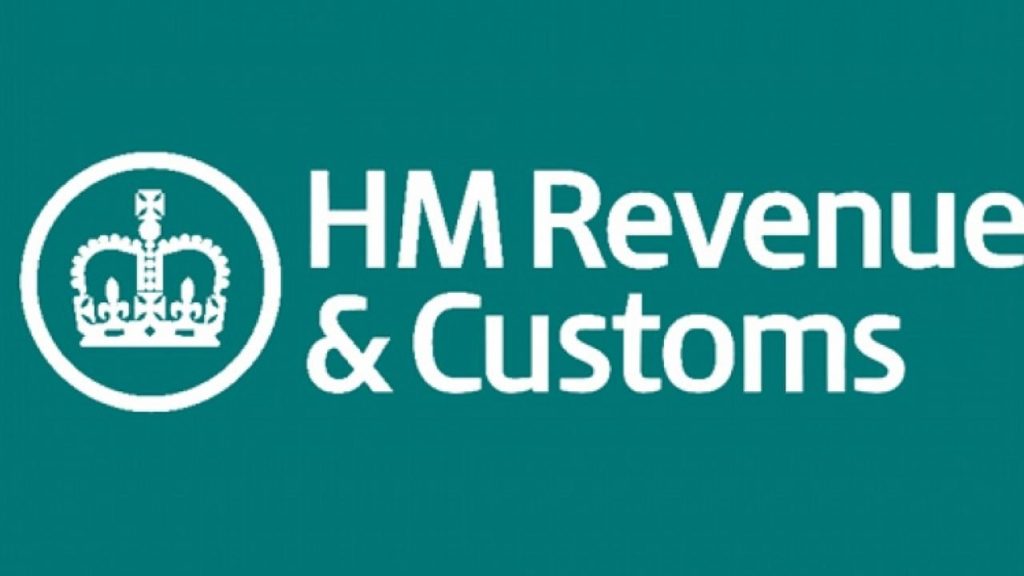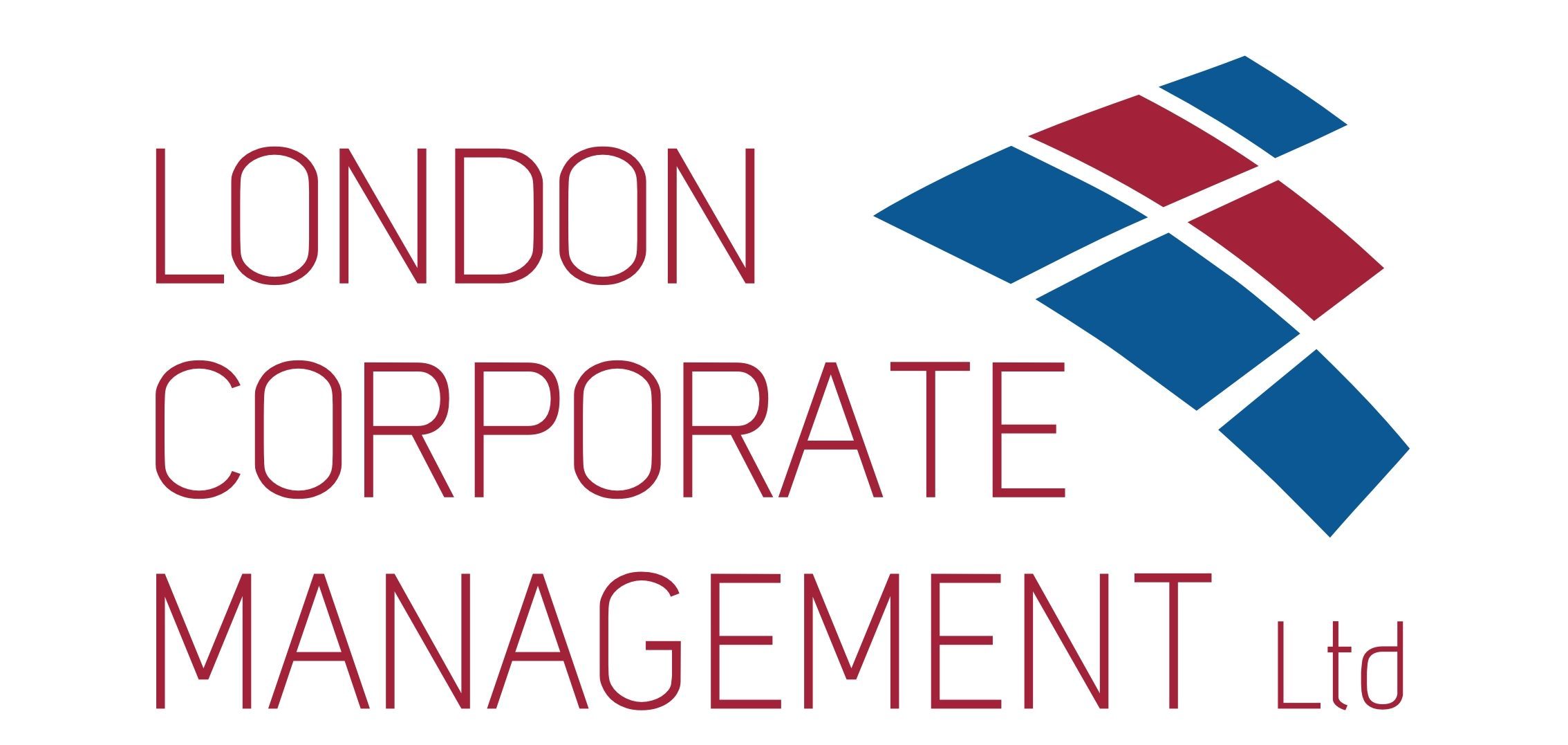Worldwide Disclosure Facility
In this weeks article we will look at the HMRC’s Worldwide Disclosure Facility (WDF). What it is, who it applies to what you need to do if you need to update your tax records.

What is the Worldwide Disclosure Facility?
The worldwide disclosure facility (WDF) opened on 05 September 2016.
Over 100 countries have committed to exchanging information on a multilateral basis under the Common Reporting Standard (CRS).
The CRS increases international tax transparency and helps these countries collect information about taxpayer’s overseas assets.
The Worldwide Disclosure Facility is an online digital service that allows taxpayers to disclose their offshore income and gains which have previously not been declared. Usually after a prompt from HMRC stating that they have collected information about a taxpayers overseas interests.
Who does it apply to?
Any individual, trustee or company can make a disclosure via the facility.
Usually someone would need to make a disclosure via the disclosure facility after receiving a prompt or nudge letter from HMRC.
HMRC may issue this prompt letter when they notice an irregularity or potential error with a taxpayer’s overseas tax affairs.
These irregularities may be income that has not been declared at all in the UK or income that seems to have been only partly declared.
Common instances may be overseas property income or interest & dividends which have been fully taxed in that state. However, if the taxpayer is resident in the UK, they may also have to declare & potentially pay taxes on these income & gains in the UK as well.
Penalties
The penalty range varies drastically depending on the tax year and behaviour of the taxpayer.
Therefore, each case will be slightly different. Without knowing the case at hand, it I snot possible to determine the exact level of penalties.
For income and gains not reported correctly in the 2015/16 tax year the maximum penalty for a prompted disclosure is 200% of the tax due. However, HMRC can reduce this to 150% if a complete disclosure is made.
Furthermore, post 2015/16, penalties depend on the territory the income and gain arose from & also the type of behaviour.
In most instances, penalties can range from 15% – 30% of the taxes due.
What you need to do
If you have received a prompt letter from HMRC, it is important that you act upon it immediately. If you receive a letter, it is highly probable that HMRC already has some information on your overseas assets and that they have not been declared properly.
Furthermore, ignoring this letter may make the situation worse and penalties higher. So it is vital to speak to a consultant immediately.
If you have offshore income and gains that you need to declare, you must respond to HMRC and register for the worldwide disclosure. Subsequently, HMRC will confirm registration and provide a Disclosure Reference Number (DRN) within 15 days.
The next step will be to calculate any income and gains which have not been declared correctly and make the disclosure to HMRC.
The disclosure is completed digitally via the Worldwide Disclosure Facility. This must be done within 90 days of HMRC registration confirmation. HMRC will confirm the deadline for submission.
The final step in the process will be making the payment of any unpaid taxes due. Unless a payment plan has been set up, all unpaid taxes, penalties & interest must be paid immediately upon submission of the disclosure.
How we can help
We have helped multiple taxpayers with their worldwide disclosures. If you have any questions about the above or need help with your disclosure, please do get in touch!
